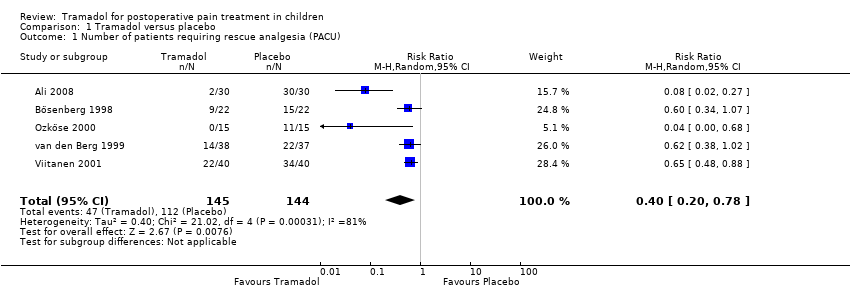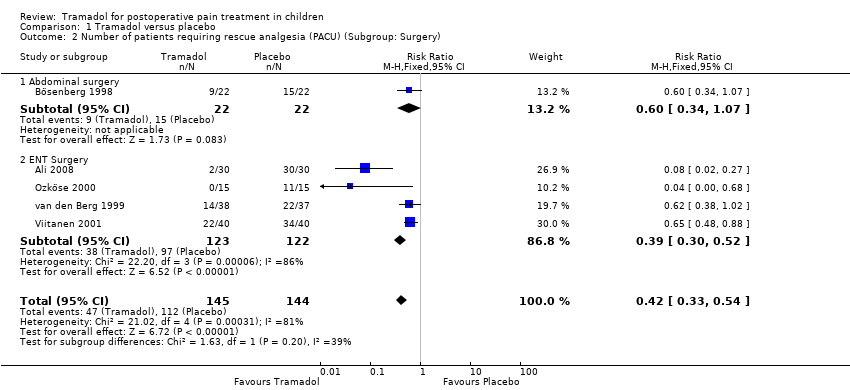Contenido relacionado
Revisiones y protocolos relacionados
Alexander Schnabel, Sylvia U Reichl, Peter K Zahn, Esther Pogatzki‐Zahn | 31 julio 2014
Sheena Derry, Cathy Stannard, Peter Cole, Philip J Wiffen, Roger Knaggs, Dominic Aldington, R Andrew Moore | 11 octubre 2016
Ewan D McNicol, Emily Rowe, Tess E Cooper | 7 julio 2018
Philip J Wiffen, Sheena Derry, R Andrew Moore | 16 mayo 2017
Tess E Cooper, Junqiao Chen, Philip J Wiffen, Sheena Derry, Daniel B Carr, Dominic Aldington, Peter Cole, R Andrew Moore | 22 mayo 2017
Alexander B Nicholson, Graeme R Watson, Sheena Derry, Philip J Wiffen | 8 febrero 2017
Giovambattista Zeppetella, Andrew N Davies | 14 agosto 2015
Rae Frances Bell, Christopher Eccleston, Eija A Kalso | 28 junio 2017
Cathy Stannard, Helen Gaskell, Sheena Derry, Dominic Aldington, Peter Cole, Tess E Cooper, Roger Knaggs, Philip J Wiffen, R Andrew Moore | 24 mayo 2016
Robert Dunlop, Kyle CLB Bennett | 7 abril 2014
Respuestas clínicas Cochrane
Adarsh Gupta | 3 noviembre 2015























